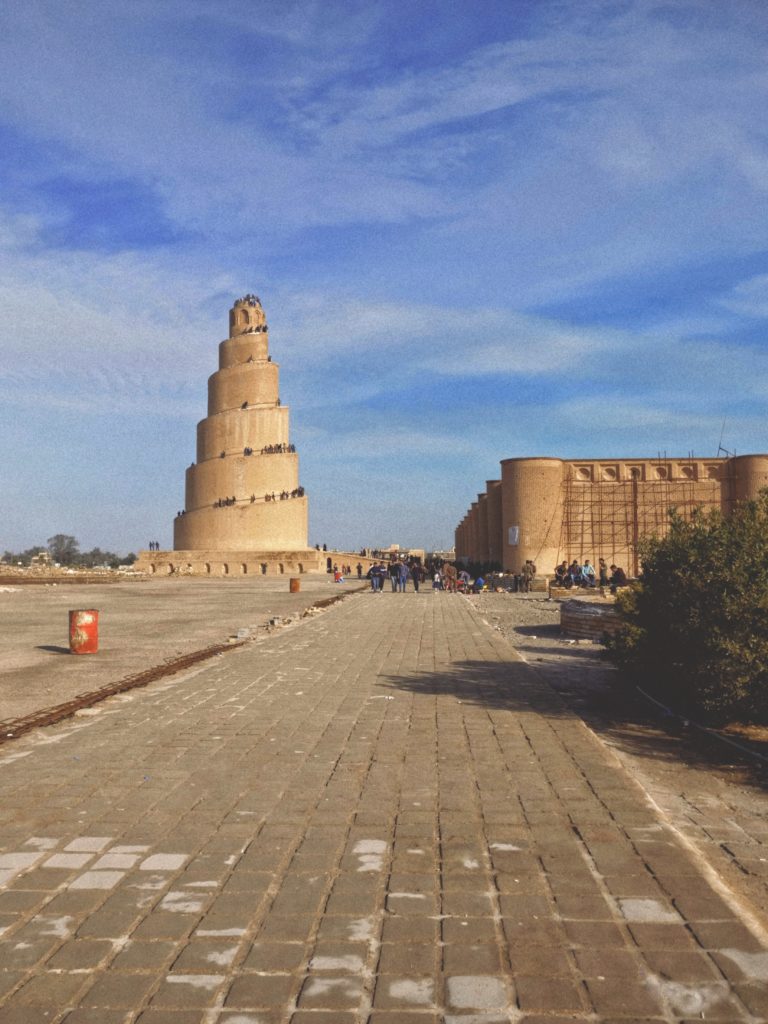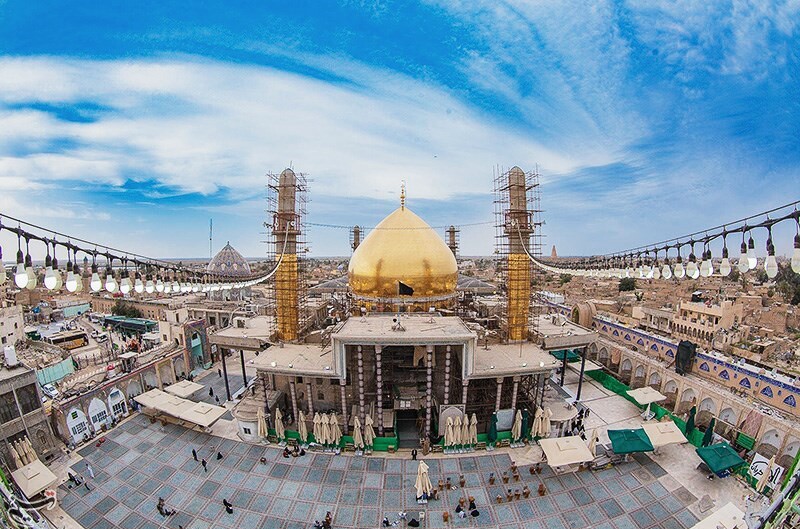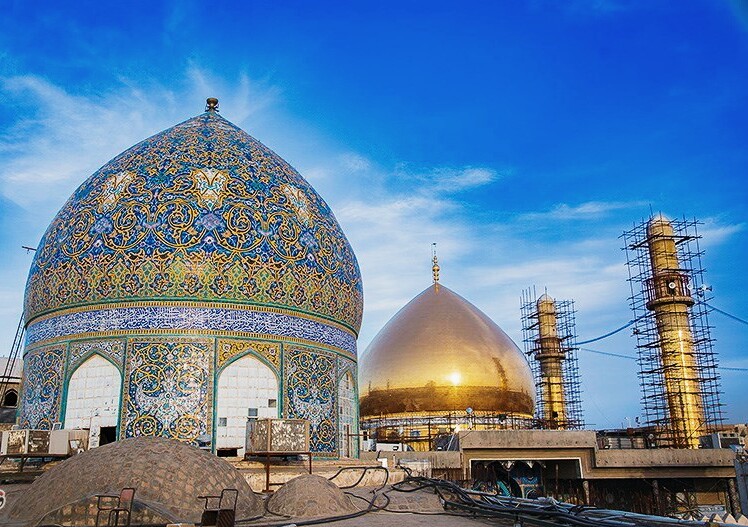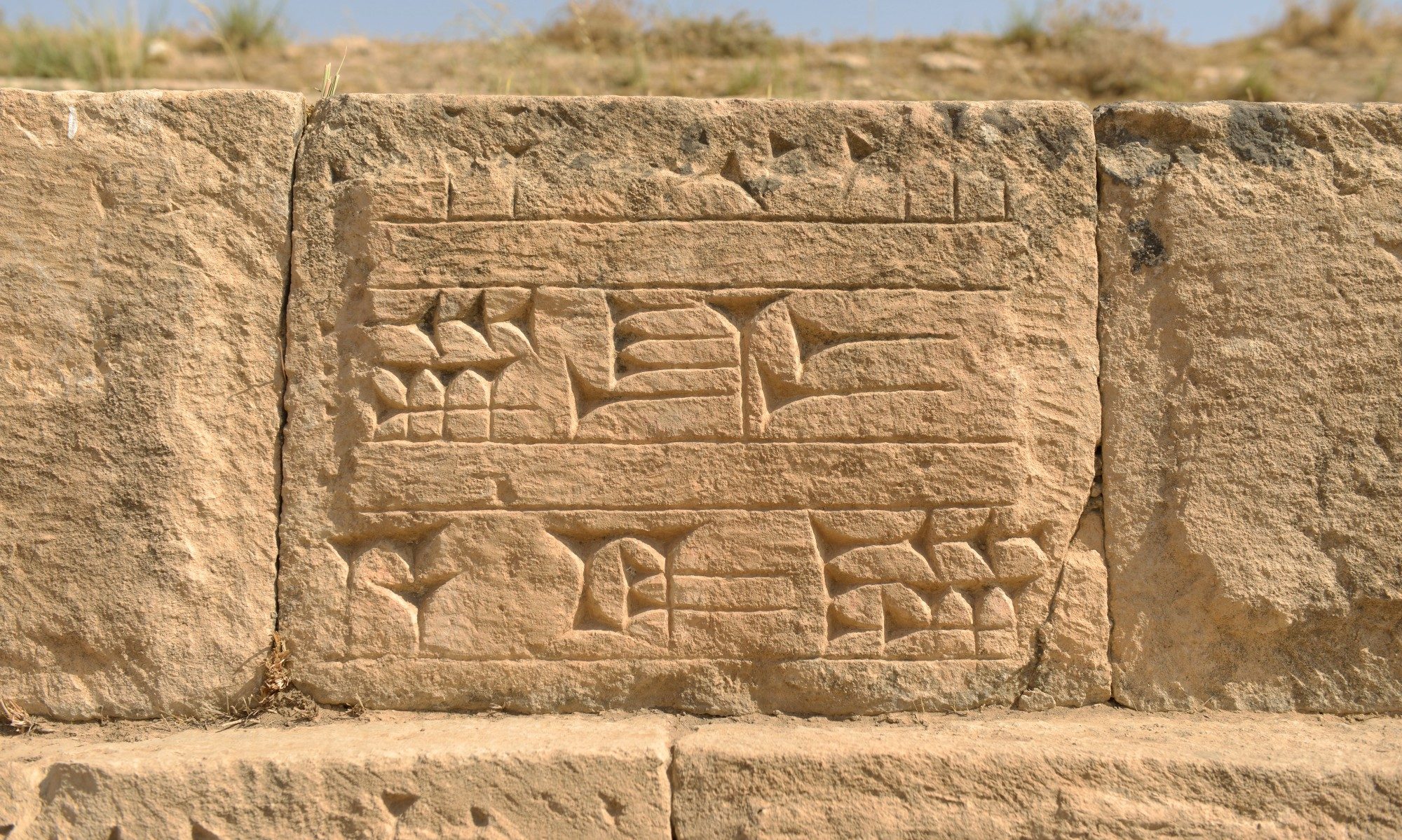Samarra Archaeological City
Inscribed on the World Heritage List in 2007
By Dr Mónica Palmero Fernández
Samarra was the capital of the powerful Abbasid Caliphate and the only Islamic capital city that retains its original plan, including its architecture and artistic relics. The Abbasid Empire extended from Tunisia to Central Asia and experienced a Golden Age ca. 775-861 A.D. It was during this period that Caliph Al-Mu’tasim founded Samarra as a new capital at the banks of the Tigris, where he built large palatial complexes. Caliph al-Mutawakkil further developed the city with more palatial complexes, such as al-Mutawakkiliyya and the Great Mosque of Samarra with its famous spiral minaret of Malwiya. In 892, Caliph al-Mu’tadid moved the capital back to Baghdad, thus marking the beginning of a slow decline for the city. The wall that today surrounds the city was apparently built in 1834 out of Abbasid bricks, forming part of the Ottoman town’s Shi’a heritage.
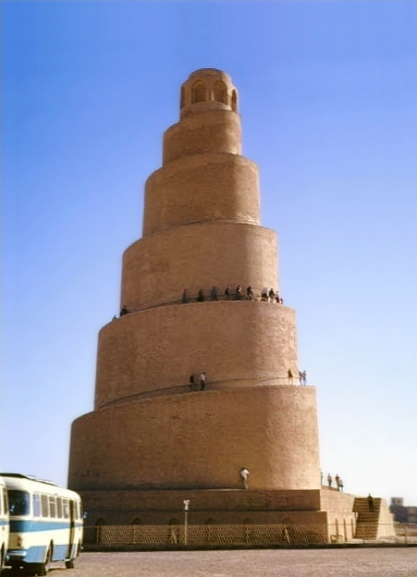
Samarra Archaeological City represents the best-preserved example of distinguished architecture of the Abassid Caliphate. Around 80% of the ancient city’s extent remains to be excavated, thus offering unparalleled potential for investigation compared to other sites such as Baghdad, where ruins are overlaid with modern structures and thus less accessible to archaeologists. The city’s well-preserved architecture includes the largest and most representative religious and palatial complexes in the Islamic world. Artistic developments such as a carved stucco style known as the Samarra style or the Lustre Ware that imitates gold and silverware originated at the site, from where they spread across the Islamic world at the time.
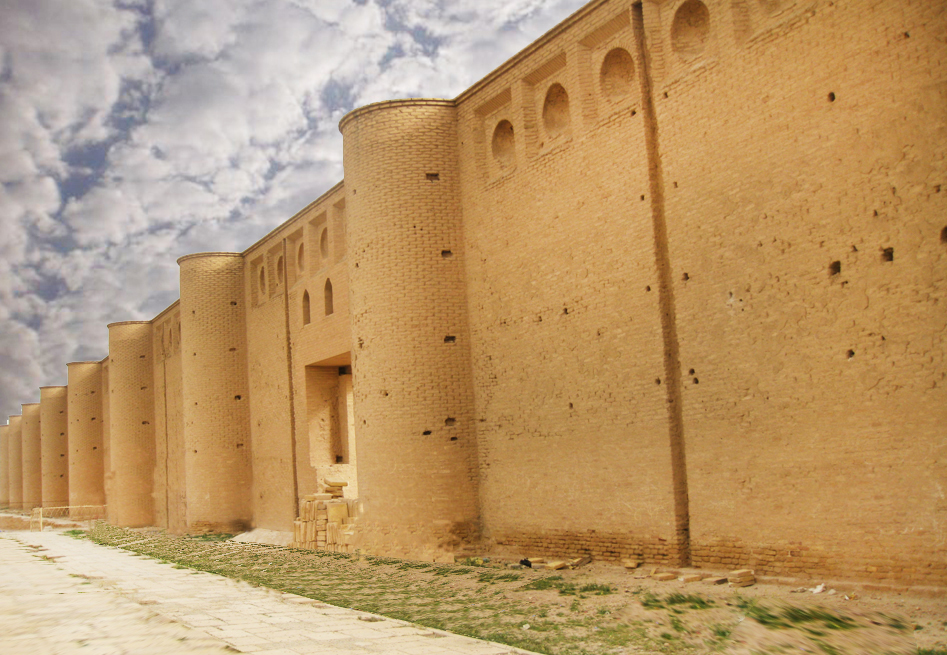
The integrity of the remains after abandonment by the Caliphate has been exceptional, with small nuclei of populations remaining in the area and eventually forming the centre of the modern city. Most of the remaining area was left untouched until the early 20th century, with minor losses caused mainly by farming activity in the area. The importance of the archaeological remains was quickly realized by the State Board of Antiquities and Heritage in the 1930s and its integrity protected under the Archaeological Law prior to current hostilities. In the context of its accession to the World Heritage List, Samarra became a focal point of military activity at the onset of the 2003 invasion, with the consequence that some of its landmarks suffered structural damage, especially the Great Mosque, Sur Ishnas (a fortified structure), and Qubbat Alsalybyya (a pavilion/mausoleum).
The site has also been witness to sectarian strife between Sunni and Shi’a communities leading through civil unrest in the aftermath of the 2003 invasion. Several important landmarks were targeted, including the bombing of the golden dome of the Shi’a al-Askari Mosque on 22 February 2006, which set off riots and reprisal attacks across the country although no organization claimed responsibility for the bombing. In June 2014, Daesh attacked the city as part of the Northern Iraq offensive, but were subsequently repulsed.
As of 2019, Samarra Archaeological City retains its position on the List of World Heritage in Danger. UNESCO has expressed grave concern about the state of conservation of the property following intentional destructive acts and local archaeologists continue to urge the government to address mounting concerns about its state of neglect. Nevertheless, the Faculty of Archaeology of Samarra University are making efforts to carry out conservation work across the site.
UNESCO webpage
https://whc.unesco.org/en/list/276
